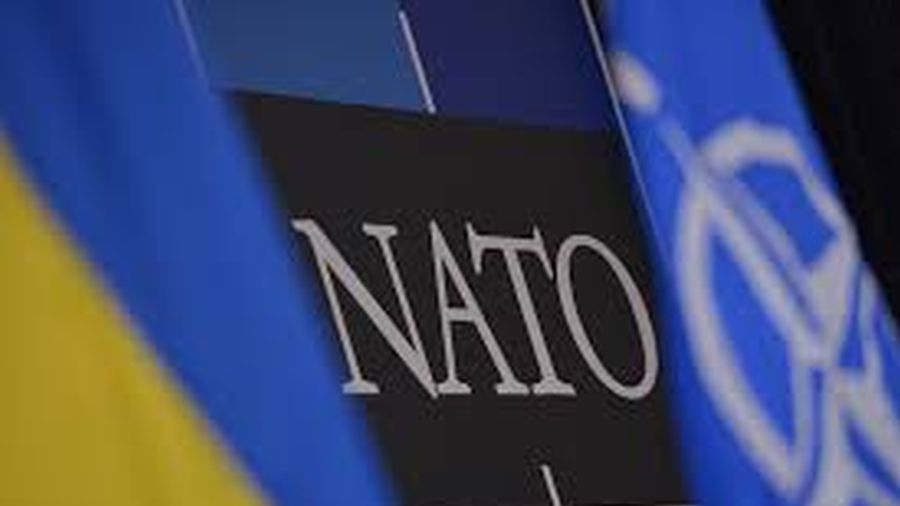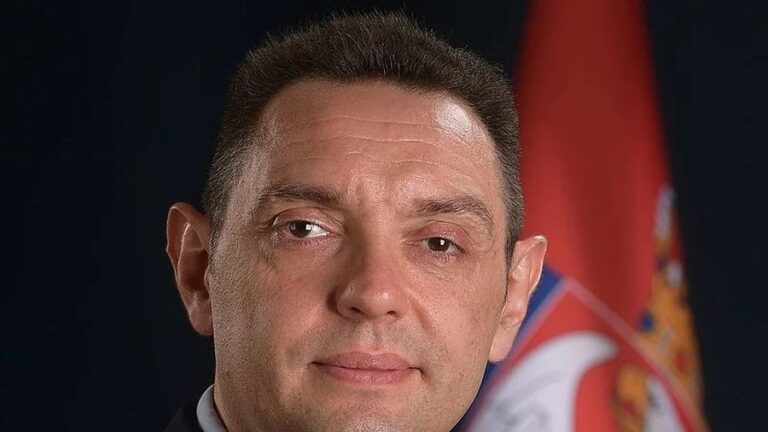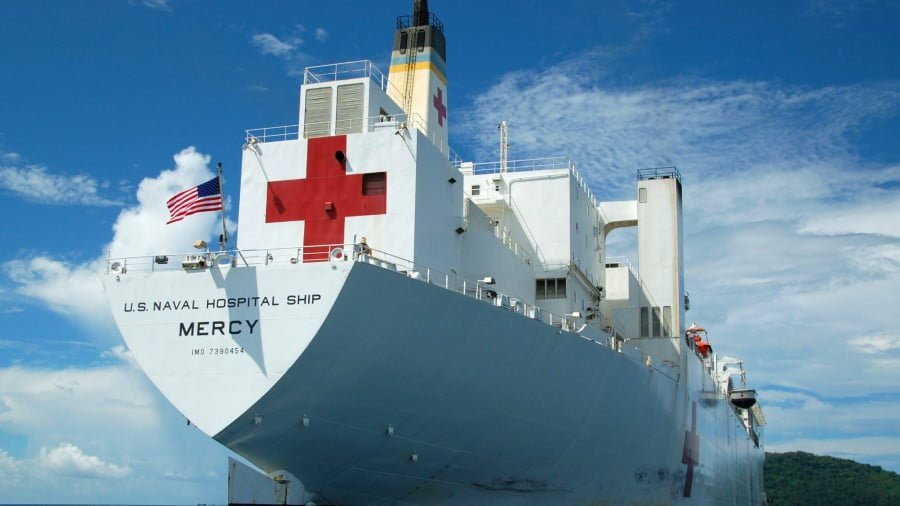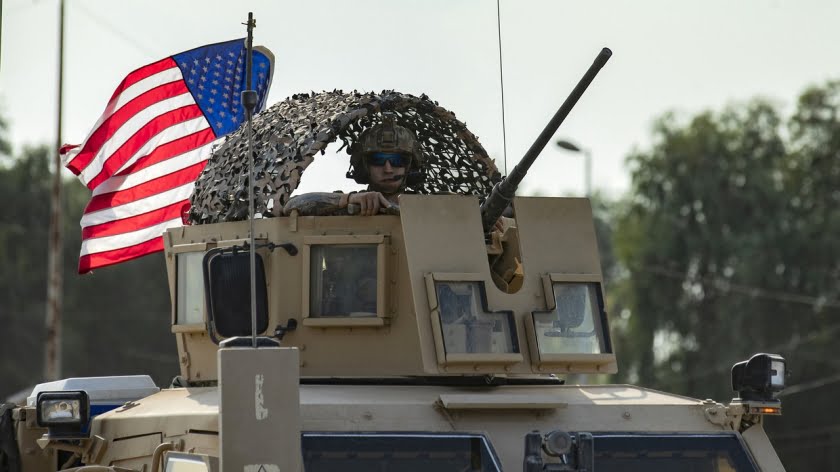Propaganda 101: Ukraine 2022
During 2011, NATO bombed a path to Tripoli to help its proxy forces on the ground oust Gaddafi. Tens of thousands lost their lives and much of Libya’s social fabric and infrastructure lay in ruins.
The 2016 article appearing in Foreign Policy Journal ‘Hillary Emails Reveal True Motive for Libyan Intervention’ exposed why Libya was targeted. Gaddafi was murdered and his plans to assert African independence and undermine Western hegemony on that continent were rendered obsolete.
A March 2013 Daily Telegraph article ‘US and Europe in ‘major airlift of arms to Syrian rebels through Zagreb’’ reported that 3,000 tons of weapons dating back to the former Yugoslavia had been sent in 75 planeloads from Zagreb airport to rebels.
In the same month of that year, The New York Times ran the article ‘Arms Airlift to Syria Rebels Expands with CIA Aid’, stating that Arab governments and Turkey had sharply increased their military aid to Syria’s opposition fighters. This aid included more than 160 military cargo flights.
In his book ‘The Dirty War on Syria’, Tim Anderson describes how the West and its allies were instrumental in organising and then fuelling that conflict.
Over the last two decades, politicians and the media have been manipulating popular sentiment to get an increasingly war-fatigued Western public to support ongoing conflicts under the notion of ‘protecting civilians’ or a ‘war on terror’.
A yarn is spun about securing women’s rights or fighting terrorists, removing despots (possessing non-existent WMDs) from power or protecting human life to justify military attacks, resulting in the loss of hundreds of thousands of civilian lives and the displacement of many more.
Emotive language designed to instil fear about terror threats or ‘humanitarian intervention’ is used as a pretext to wage imperialist wars in mineral-rich countries and geo-strategically important regions.
Although it has been referred to in many articles over the years, it is worth mentioning again retired NATO Secretary General Wesley Clark and a memo from the Office of the US Secretary of Defense that he was told about just a few weeks after 9/11. It revealed plans to “attack and destroy the governments in seven countries in five years,” starting with Iraq and moving on to “Syria, Lebanon, Libya, Somalia, Sudan and Iran”. Clark argued this strategy is fundamentally about control of the region’s vast oil and gas resources.
Part of the battle for the public’s hearts and minds is to convince people to regard these wars and conflicts as a disconnected array of events, not the planned machinations of empire. For the last decade, the ongoing narrative about Russian aggression has been part of the strategy.
Anglo-American financial-corporate interests have long been seeking to drive a wedge between Europe and Russia to prevent closer economic alignment. Aside from the expansion of NATO and installation of missile systems in Eastern Europe targeting Russia, there has also been the ever-tightening economic sanctions which the EU has largely been compelled to go along with.
Back in 2014, the proposed (but never implemented) Transatlantic Trade and Investment Partnership (TTIP) was part of the broader geopolitical game plan to weaken Western Europe by making it even more dependent on the US and to divide the European continent by side-lining Russia. While the TTIP may appear to have had nothing to do with what was happening in Ukraine in 2014 (the coup) or Syria, it was a cog in the machine to cement US hegemony.
Much more can be (and has been) written about US strategies to undermine Russia’s fossil-fuel based economy, but the point is that US actions have for some time been aimed at weakening Russia.
The financial-industrial-military complex is setting this agenda, hammered out behind closed doors in its various forums. Those who sit at the top of this complex fine-tune their plans within powerful think tanks like the Council on Foreign Relations and the Brookings Institute (documented in Brian Berletic’s 2012 article ‘Naming Names: Your Real Government’) as well as at the Trilateral Commission, Bilderberg and NATO, as described in the 2008 book by David Rothkopf, ‘Superclass: The Global Power Elite and the World They Are Making’.
It is worthwhile noting the 2019 report ‘Overextending and Unbalancing Russia’ by the influential US policy think tank the Rand Corporation. The document sets out various scenarios for destabilising and weakening Russia, including “imposing deeper trade and financial sanctions” and “providing lethal aid to Ukraine” but without provoking “a much wider conflict in which Russia, by reason of proximity, would have significant advantages”.
The invasion of Ukraine by Russia did not happen out of the blue. It is not the result of the machinations of a power-hungry madman hellbent on taking over Europe, a notion that mainstream commentators have for a number of years tried to embed in the psyche of the Western public.
A recent analysis appearing on the India-based news channel WION, ‘Did NATO push Ukraine into war?’, provides the type of insightful analysis of events absent from the Western media. It succinctly outlines Russia’s valid concerns about NATO’s expansionist thrust into Eastern Europe and how successive US administrations ignored these concerns for many years, including those from top officials in Washington itself.
That such an analysis remains off the Western media agenda is of no surprise. Prominent journalists in key media outlets are essential foot soldiers whose role is to support power. They are groomed for their positions by various means (the British-American Project being a case in point) as they climb the well-paid career ladder.
Notwithstanding the countless civilian casualties and the suffering currently in Ukraine, a country being used as a pawn in a geopolitical war, there are also the effects of disrupted energy supplies and fertilizer and food exports from Ukraine and Russia which will impact possibly hundreds of millions across the world.
For instance, the war could unleash a “hurricane of hunger” and poverty with the World Bank estimating that the average person in Sub-Saharan Africa will be spending about 35% of their income on food in 2023 if the war in Ukraine drags on. It was a little more than 20% in 2017. Elsewhere, in places like South Asia and the Middle East, the increase could be worse.
But this is merely ‘collateral damage’ worth imposing on others in the calculations of those who determine what the ‘price worth paying’ is and who will pay it.
Nevertheless, the public has been encouraged to support a strategy of increasing tension towards Russia, culminating in the situation we now see in Ukraine, by a media which plays its part well. The media serves as a key cheerleader for US-led wars and ensures the civilian wounded and dead of those conflicts are kept out of the headlines and off the screens, unlike the current situation in Ukraine whose victims receive 24/7 coverage across the major media outlets.
But this comes as little surprise. Former CIA boss General Petraeus stated in 2006 that his strategy was to wage a war of perceptions conducted continuously through the news media.
Many readers will be aware of the revelation back in 2015 about the former editor of a major German newspaper who said he planted stories for the CIA. Udo Ulfkotte claimed he accepted news items written and given to him by the agency and published them under his own name in Frankfurter Allgemeine Zeitung.
While this came as a shock to many, it was noted decades ago by former senior British intelligence officer Peter Wright (author of the 1987 autobiographical book ‘Spycatcher’) that many top journalists in the UK were associated with MI5.
It was another former CIA boss, William Casey, who in the 1980s said:
“We’ll know our disinformation program is complete when everything the American public believes is false.”
Civilian suffering is given full media coverage when it can be used to tug at the emotional heartstrings in order to sway public opinion. Made-for-media outpourings of morality about good and evil are designed to create outrage and support for more ‘interventions’.
The shaping of public opinion is not a haphazard affair. It is now sophisticated and well established.
Take, for instance, the harvesting of Facebook data by Cambridge Analytica to shape the outcomes of the US election a few years back and the Brexit campaign. According to journalist Liam O’Hare writing in 2018, its now defunct parent company Strategic Communications Laboratories (SCL) conducted ‘behavioural change’ programmes in more than 60 countries. Its clients included the British Ministry of Defence, the US State Department and NATO.
According to O’Hare, among SCL’s activities in Europe were campaigns targeting Russia. The company had “sweeping links” with Anglo-American political and military interests. In the UK, the interests of the governing Conservative Party and military-intelligence players were brought together via SCL: board members included “an array of Lords, Tory donors, ex-British army officers and defence contractors”.
For O’Hare, all SCL’s activities were inextricably linked to its Cambridge Analytica arm.
He states:
“We finally have the most concrete evidence yet of shadowy actors using dirty tricks in order to rig elections. But these operators aren’t operating from Moscow… they are British, Eton educated, headquartered in the City of London and have close ties to Her Majesty’s government.”
Welcome to the world of mass deception à la Edward Bernays and Joseph Goebbels.
With talk of a ‘no-fly zone’ over Ukraine, sanctions on Russia which Putin says are “akin to a declaration of war” and Biden calling Putin a “war criminal”, the world now finds itself in a ‘thinking the unthinkable’ scenario that was totally avoidable.
The day before the invasion of Ukraine, Putin stated on Russian TV:
“Whoever tries to get in our way and create further threats to our country and our people must know that Russia’s response will come immediately and will lead to consequences without precedent in history. All the necessary decisions have been taken.”
President of the German Council on Foreign Relations Thomas Enders has since responded by calling for a no-fly zone in western Ukraine, which would most likely lead to direct military involvement by NATO:
“It is time for the West to expose Putin’s nuclear threats for what they really are – a bluff to deter Western governments from military intervention.”
Speaking on TV in 2021, prominent US politician and Iraq war veteran Tulsi Gabbard spelt out the consequences of a war with Russia over Ukraine. With thousands of nuclear weapons that the US and Russia have aimed at each other, she said that a nuclear exchange would “exact a cost on every one of us that would result in excruciating death and suffering beyond comprehension”.
And yet, despite what Gabbard warns of, the arrogance and recklessness of power brokers is displayed each day for all to see.
Although it may be regarded as political posturing – in a centuries-old ‘great game’ played out by the ruling elites that boils down to oil, gas, minerals, power, wealth, ego and strategic and military dominance – talk of direct NATO intervention or Putin’s implied threat about the use of nuclear weapons ultimately amounts to those at the pinnacle of power risking gambling away your life and the lives of every living creature on the planet.







